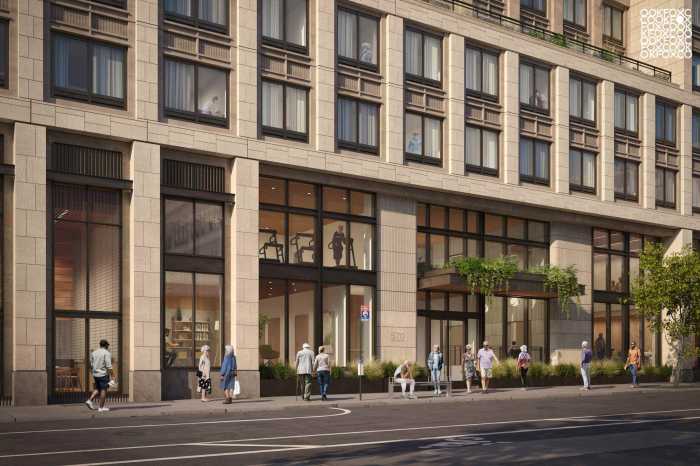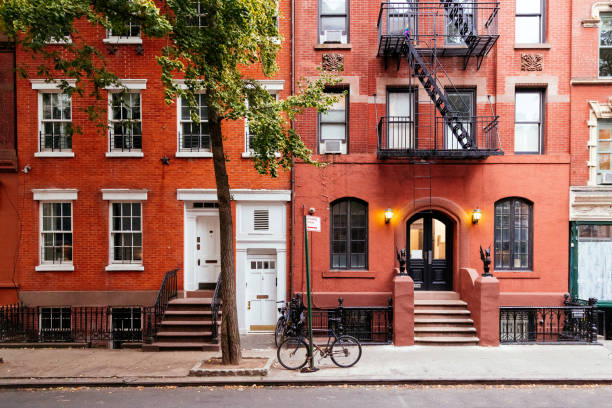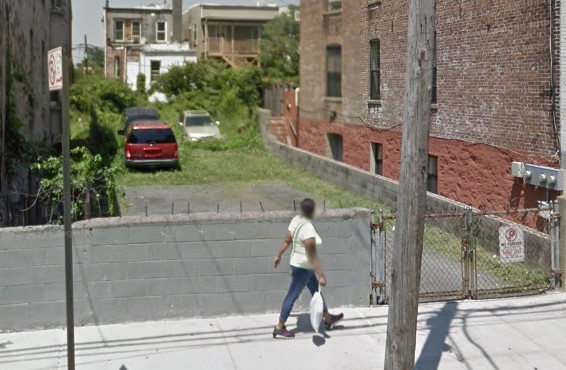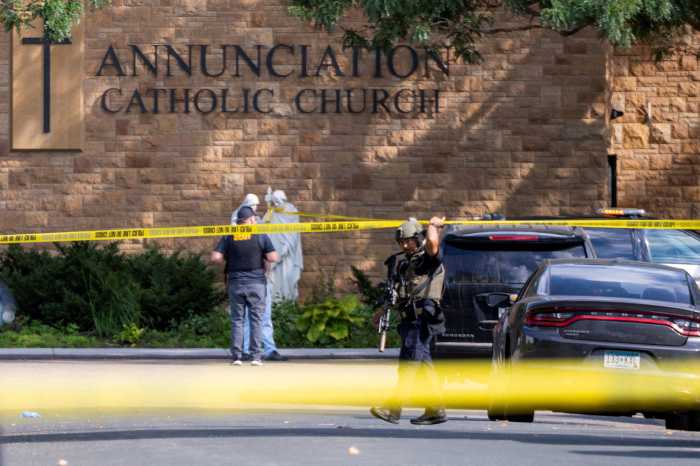-
 The original model for preserving city neighborhoods, arguably, is the one that took place in the mid-1950s for Brooklyn Heights.
The original model for preserving city neighborhoods, arguably, is the one that took place in the mid-1950s for Brooklyn Heights.
Otis Pearsall was among the Brooklyn Heights residents who led the movement to preserve the neighborhood. It was during those years, he recalled, that young people began to move into the neighborhood because of the “tranquil aesthetics” and what were then affordable prices.
As a new resident, though, he said he realized the “community was in big trouble.”
” data-id=”111164094″ data-link=”https://amnewyork.wpengine.com/wp-content/uploads/2019/10/16684_image.jpg” class=”wp-image-1.11164094″/>
Photo Credit: Newsday / Sheehan -
 “There were a number of sources of demolition, destruction and real threat,” Pearsall added.
“There were a number of sources of demolition, destruction and real threat,” Pearsall added.
Robert Moses, known as the “master builder” of New York, whom neighborhood activists had successfully rebuffed over a plan to bisect Brooklyn Heights with the BQE, was by the late 1950s steering a plan to clear several acres in downtown Brooklyn to make way for a new apartment building and shops. There were also proposals to expand Cadman Plaza and revamp the Civic Center. Some homes in the Heights were also being demolished or deteriorating and being replaced by buildings that didn’t fit with the existing low-level structures. All of these trends were eating away at the neighborhood’s integrity.
” data-id=”111164113″ data-link=”https://amnewyork.wpengine.com/wp-content/uploads/2019/10/16685_image.jpg” class=”wp-image-1.11164113″/>
Photo Credit: Newsday / Jonathan Fine
“Girls” creator Lena Dunham may be the most famous artist reported to be living in Brooklyn Heights in recent years, but the neighborhood has a rich cultural legacy.
Over the decades, Norman Mailer, Arthur Miller, Carson McCullers and Hart Crane all lived in the prestigious neighborhood that is famed for its pre-Civil War homes and a promenade overlooking the East River. Truman Capote, who wrote the best-seller, “In Cold Blood,” while living in a basement apartment, later famously began his memoir with “I live in Brooklyn. By choice.”
Today, those bygone writers might find a lot familiar about Dunham’s neighborhood, thanks to a fight to preserve its architecture and character that culminated 50 years ago in its designation as the city’s first historic district.


































